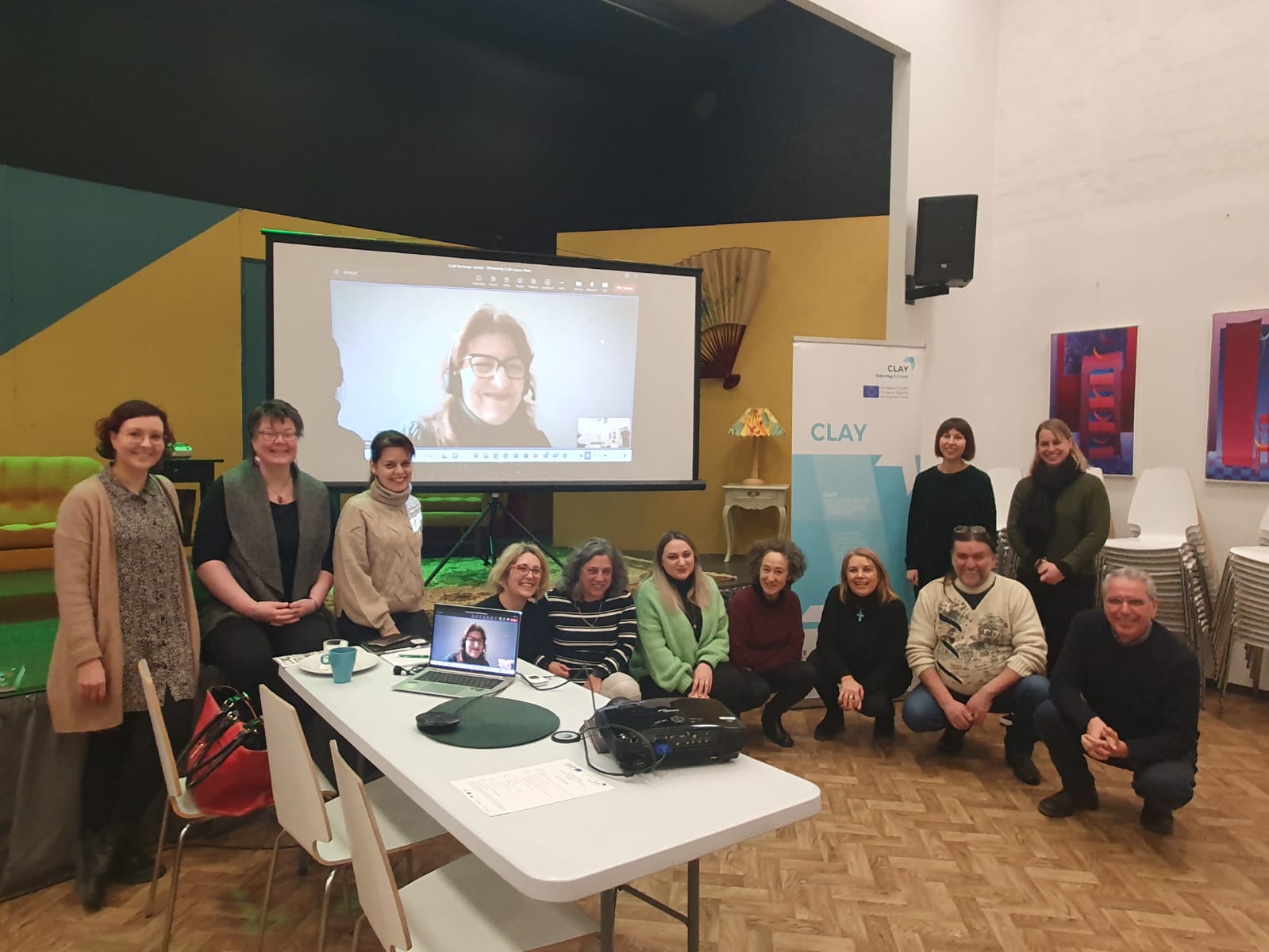
Final meeting in Seinäjoki, Finland
On February 8 and 9, 2023, the last meeting of the Clay project, started in 2018 and financed by the European Interreg program, took place in Seinäjoki, Finland
CLAY aims at supporting the ceramic sector by prioritising new technologies, strengthening brands and developing new services to maintain competitive advantage and face the challenge of globalisation.
The Artistic Ceramics represents a central part of European tradition, mainly composed by small and micro enterprises that were hit by the economic crisis and low-cost competition.
For the ceramic sector, globalisation represents a challenge but also an opportunity, in this sense the sector, supported by public policies, must improve the way it conceives and develops new products, industrial processes and services, in line with the recent drive towards advanced manufacturing.
The CLAY project gathers 5 regions which have both important ceramics traditions and innovative small and medium enterprises, and uses interregional exchange to identify solutions to the challenge of matching tradition and innovation, by improving regional programmes for innovation.
The main goal of the project is to show that product, process design and innovation can keep tradition and modernity visible and competitive in today’s world. The overall objective is to ensure that policy instruments are adapted to support the ceramic sector to flourish in the contemporary global environment.
€1,414,053.00
SME competitiveness
In view of the structural characteristics and needs of the regional economic and productive system, Axis 3 of the ERDF POR invests in the consolidation and diversification of SMEs. It should help SMEs to address current economic challenges, by evolving, becoming more competitive and more open to international markets.
Some specific objectives and actions are relevant to CLAY. In particular:
Consolidation, modernisation and diversification of production systems: Supporting development of products and services to exploit cultural and natural attractions, with integration of SMEs in various sectors and traditional and typical product chains;
Increasing the level of internationalisation of production systems: Export promotion projects for SMEs / business networks;
Raising propensity to invest in the production system: finance for investments in machinery, plant and intangible assets and accompanying corporate restructuring processes.
The framework is positive, but Umbria Region has highlighted weaknesses that CLAY should address. The policy has started a process to produce effects on promotion and implementation of innovation in artistic ceramics, but must now consolidate it. This particularly concerns promotion of collaboration between innovative and traditional sectors of the economy. Umbria Region has an Intelligent Factory strategy within the RIS3 (supporting the ROP). This initiative is new and requires input to promote its practical implementation. CLAY can support this.
The chosen policy is designed to strengthen the market position of SMEs in the competitive areas identified in the National Competitiveness Strategy and Regional Development Plans.
PA 2.1 supports Investment intangible assets and tangible assets, including modernisation for production/services areas. It also covers procurement of technological equipment and investments in development of online sale instruments for applicant’s own products/services. These types of investments are a good foundation for the type of innovation that CLAY wishes to consider for the artistic ceramics sectors.
The addressed action can provide support to enterprises classified, according to statistical classification of economic activities, within the ceramic sector including artistic ceramics (e.g. 2341 Manufacture of ceramic household and ornamental articles). However, there is a risk that the impact of the fund will be small, considering the fact that there is no special criteria to sustain these activities. The policy instrument should be improved to strengthen the market position of SMEs in the field of ceramics and crafts and to facilitate the innovation capacities of business related to this sector.
Work within CLAY is directed to influencing the policy instrument to produce some effects on promoting innovation in the production process of artistic ceramics. In order to improve they policy instrument, Partner 3 intends to make some structural changes regarding cross sector collaboration.
The Regional Strategy of South Ostrobothnia merges for the first time a Regional Development Plan and a Regional Programme. The strategy brings together national and EU-funded programmes to be implemented in the region. It outlines the vision of the future that South Ostrobothnia is pursuing up to 2040 and contains the region’s development targets, which are based on its possibilities and needs, and the key projects and actions for the region’s development, as well as a plan for financing them for 2014–2017.
Thematic Objective 1 (Regenerative Local Industry and Commerce), investment priority 1.2.3. aims at developing the production of services and experiences to support the creative sector as a source of new business and to generate new competitiveness and added value in traditional sectors. The aim is also to strengthen entrepreneurs´ competence in electronic business activities and promote the utilisation of electronic sales and marketing channels. The strategy emphasises internationalisation and design in developing the creative sector.
The theme should be improved since there is a lot of growth potential in this sector. This would be extremely beneficial for rural areas with handicraft potential. The policy should also implement projects that help to define emphasise design and specially service design as means to develop production and growth in the artistic ceramics sector.
CENTRO 2020 - Axis 2 (COMPETIR) is dedicated to the competitiveness and internationalisation of the regional economy. It has the main objective of strengthening competitiveness of small and medium-sized enterprises. It is focuses primarily on promoting entrepreneurship (facilitating support for economic exploitation of new ideas and encouraging creation of new enterprises), developing and applying new business models for SMEs, supporting creation and development of advanced products and service development capabilities, enabling SMEs to participate in growth and innovation processes.
This Axis supports generic productive investment in SMEs. It also has measures for research and innovation processes in SMEs, advanced support services for SMEs and SME groups (including management, marketing and design services), development of SME activities, support for entrepreneurship and incubation, support for environmentally friendly production processes and resource efficiency measures in SMEs. It supports development and promotion of companies specialising in services for the low carbon economy and resilience to climate change.
Work within CLAY is directed to influencing the policy instrument, in order to consider how this generic support can be targeted towards more specific, key sectors of the regional economy. This is particularly relevant to the traditional sectors and, in this case, specific measures that can promote innovation in the production processes of artistic ceramics SMEs.
The SRDEII plan, adopted at the end of 2016, should enhance economic development for the next 15 years through 12 priority sectors. This scheme defines guidelines on business support, support for internationalisation, investment and business innovation.
The European OPs and RIS3 have been integrated into the construction of SRDEII. The priority sector Ceramics Techniques and Technologies is a priority sectors of RIS3 Region Limousin, now integrated to Region Nouvelle-Aquitaine.
The main innovation guidelines for the Region are to make the Region a leader in French industrial renewal, with support of ICTs and to help companies reach a model of competitiveness, with respect for humans and environment.
In these conditions, the objectives are to:
- support around 600 companies overs 5 years in moving towards the Factory of the Future
- stimulate 30000 companies in all sectors to innovate and orientate 15000 of them towards innovation paths that create products and job
- integrate design in the innovation ecosystem (by supporting 500 companies) and encourage cross-fertilisation.
Artistic ceramics are taken into account in the priority sector « Textile, leather and craft » of the SRDEII scheme, but go far beyond this frontier regarding industrial applications and development issues arising in this sector. Hence, specific work in this sector could lead to an evolution of regional support policy. It would help them to face the challenges of competitiveness, innovation and design.

On February 8 and 9, 2023, the last meeting of the Clay project, started in 2018 and financed by the European Interreg program, took place in Seinäjoki, Finland

October 11th and 12th, 2022: the CLAY High-Level Political Dissemination event was held in the Umbria Regional Office in Brussels (Belgium)

October 11th and 12th, 2022: CLAY High-Level Political Dissemination event was held in the Umbria Regional Office in Brussels (Belgium)
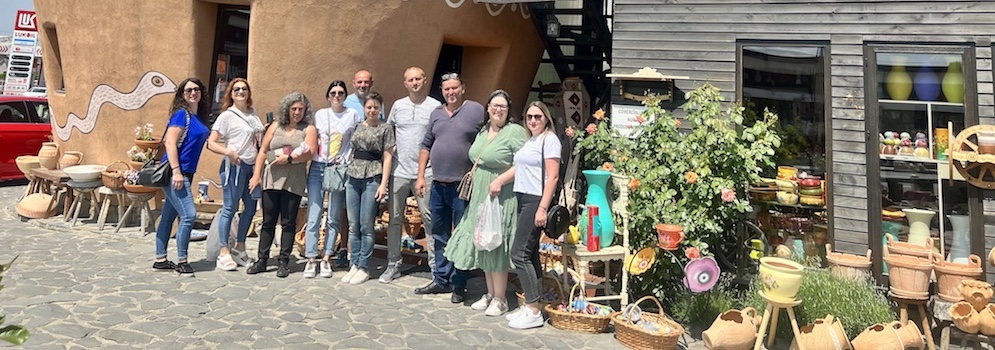
It was held in Horezu (Romania) the first meeting of the second phase of the CLAY project.

A CREATIVE AND COLLABORATIVE HUB FOR CERAMIC ARTISTS AND ARTISANS IS RISING IN CENTRO REGION, PORTUGAL
By Arabela Fabre, Regina Santos and Ana Carvalho, CTCV
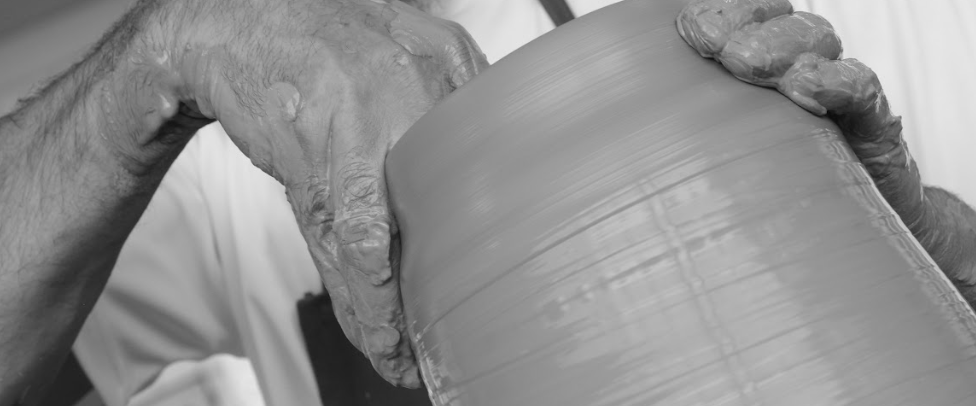
It was held online the CLAY meeting of April 1st, 2022
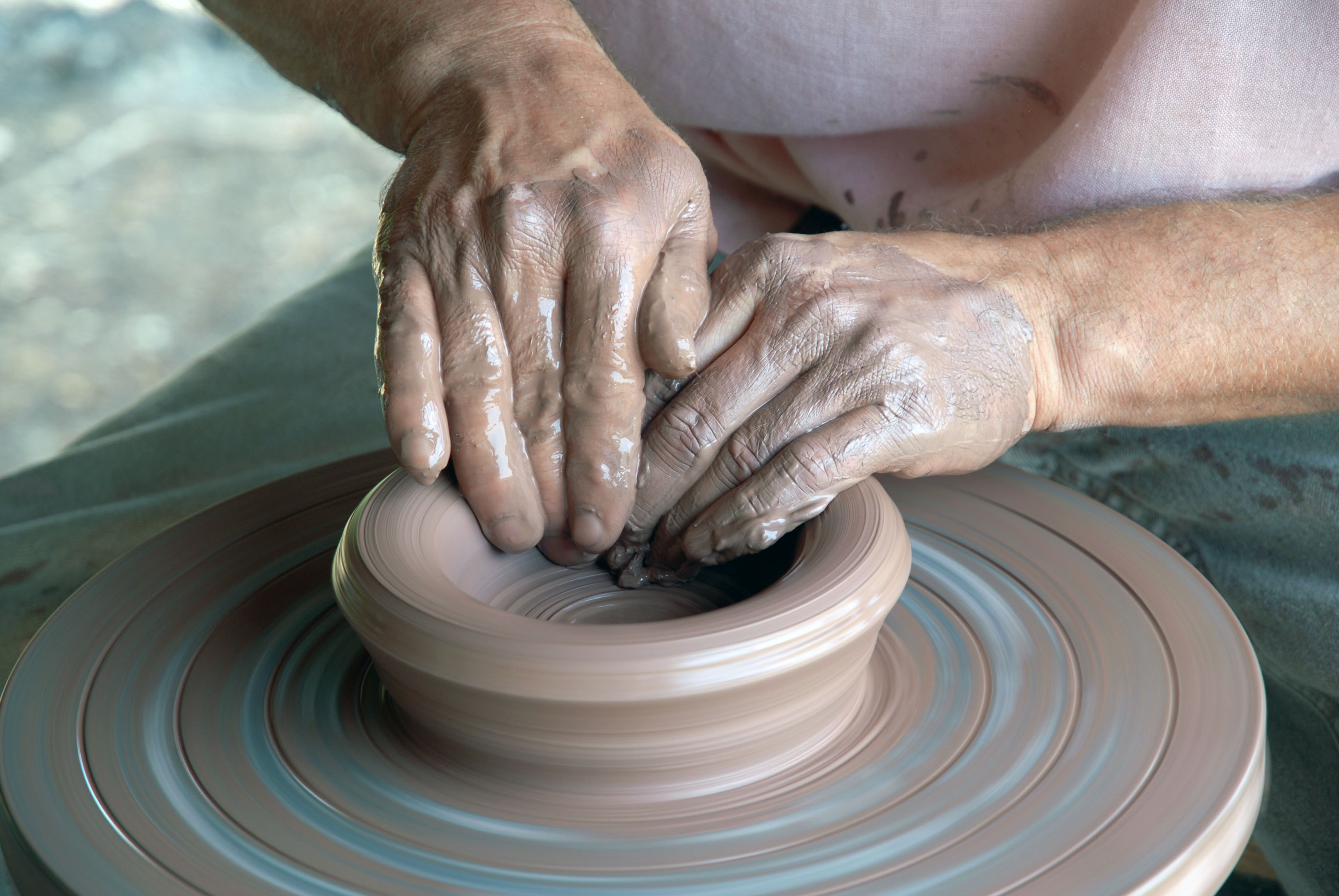
Hosted by the Lead Partner, Regione Umbria, in Perugia (Italy) on December 16th, 2021
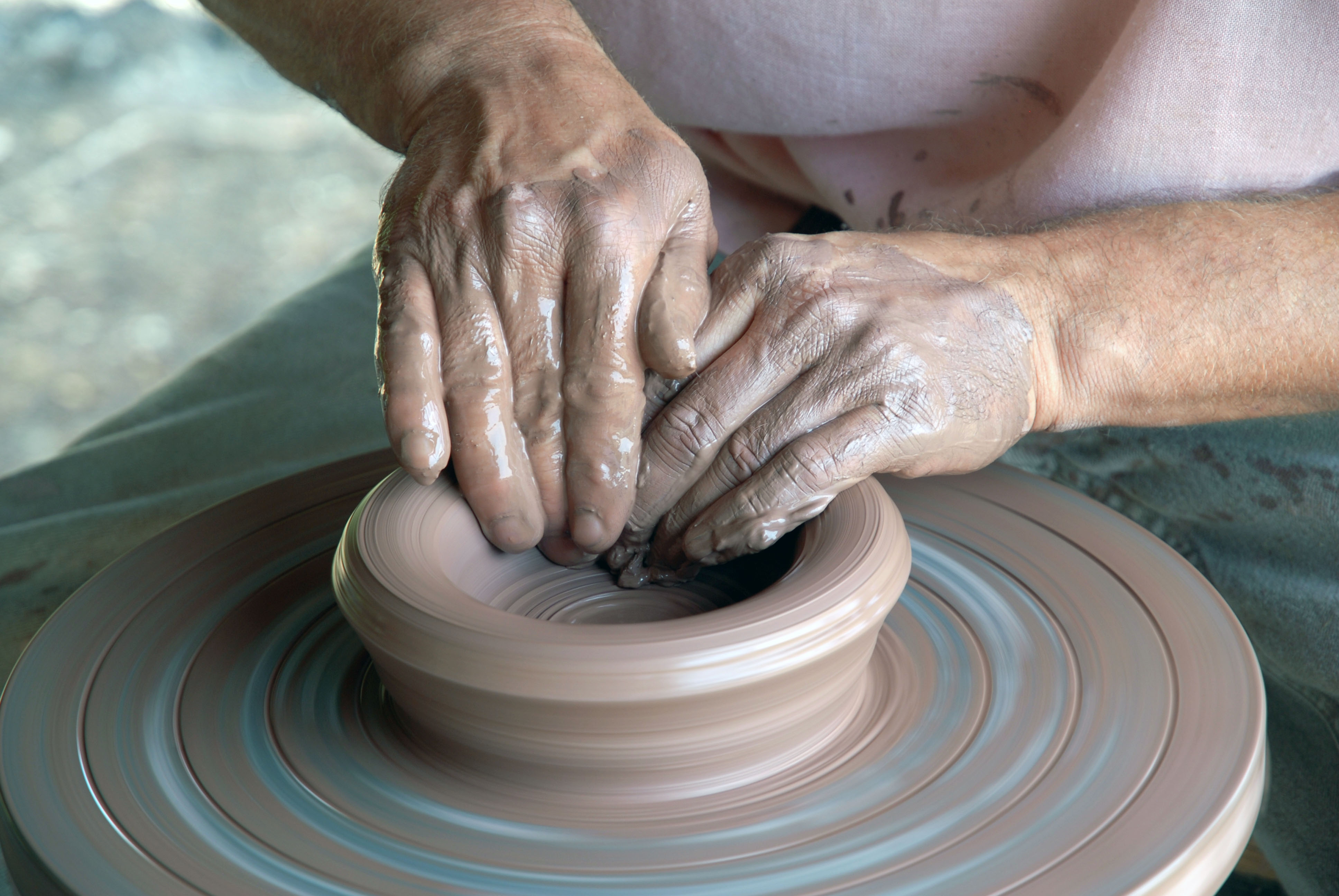
Hosted by the Lead Partner, Regione Umbria, in Perugia (Italy) on December 16th, 2021
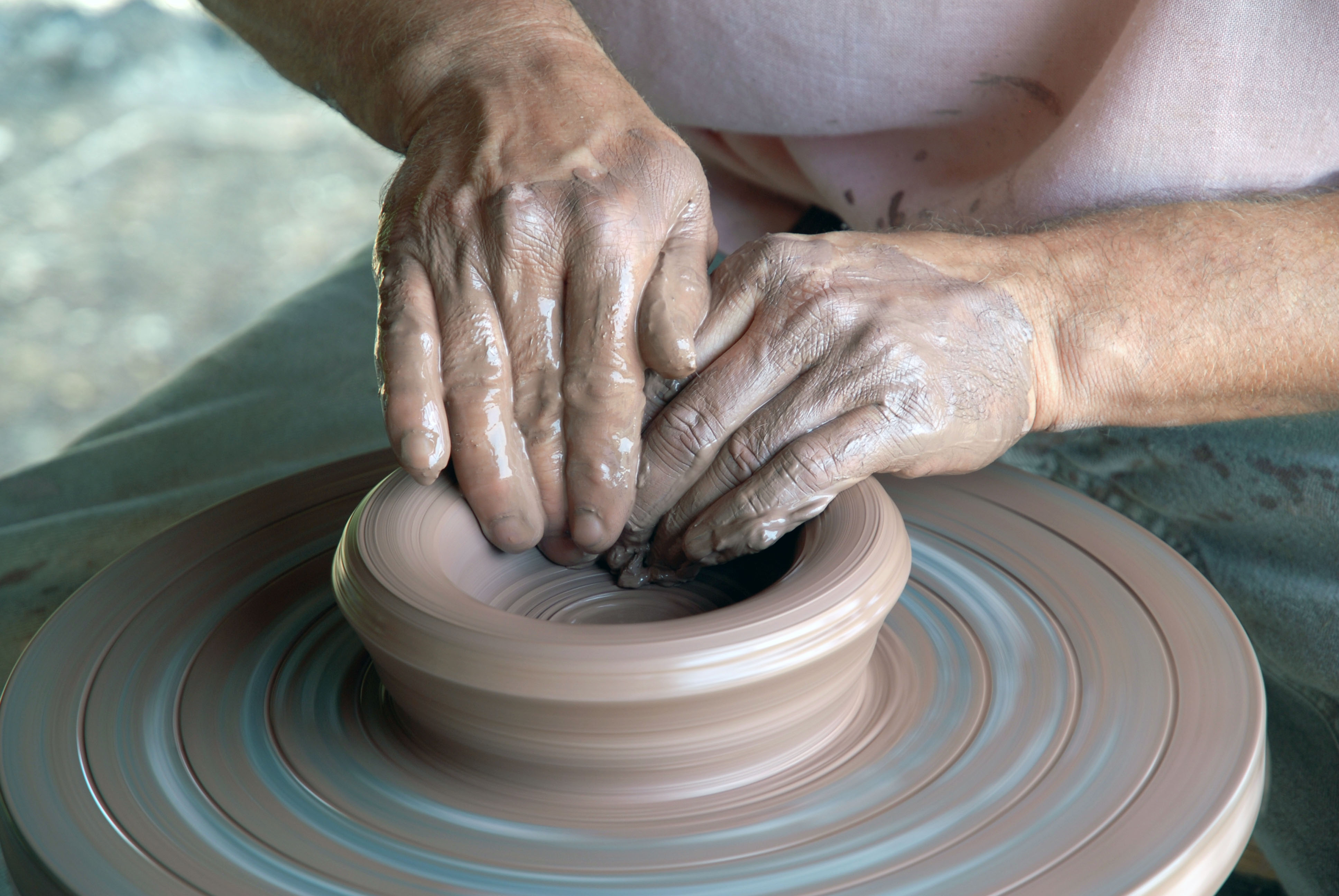
Hosted by the Lead Partner, Regione Umbria, in Perugia (Italy) on December 16th, 2021
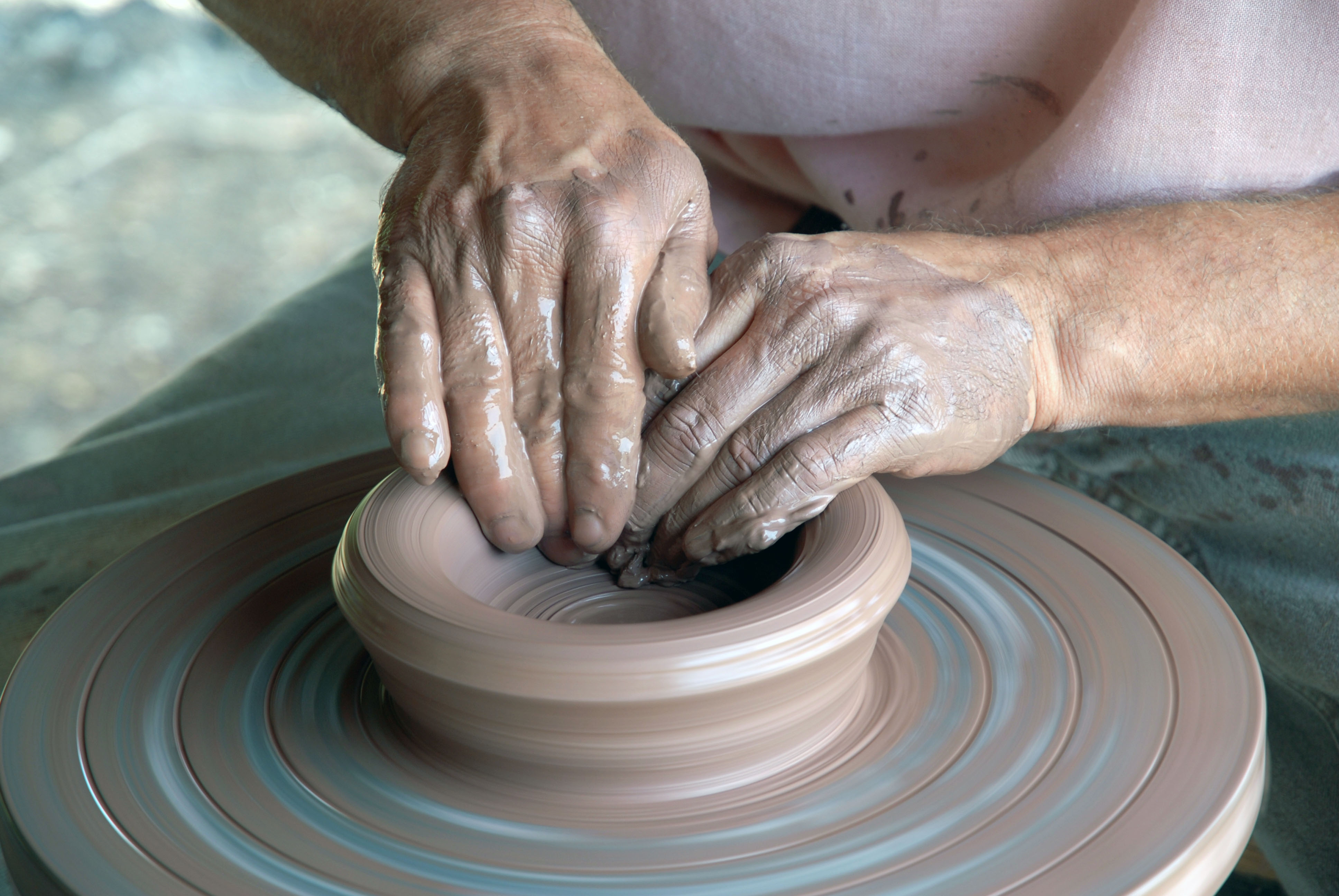
Hosted by the Lead Partner, Regione Umbria, in Perugia (Italy)
on December 16th, 2021